Have you ever wished you could read your favorite podcast instead of listening to it? Or, take interview or meeting notes without missing critical details? How can you do that?
With audio transcription!
Audio transcription is converting any speech or audio into written or text format. Sounds simple, right? But if you dive deep, you'd realize it's only the tip of the iceberg.
In this article, we’ll explain:
- What is audio transcription?
- What are the benefits of audio transcription?
- Use cases of audio transcription in sales, marketing, and more.
What is audio transcription?
When understanding and utilizing spoken content from various sources, one might wonder, "What is audio and video transcription?" Simply put, audio transcription converts spoken words from an audio or video recording into written text.
Transcriptionists must understand the spoken language well, including context and regional accents or dialects. They must also be familiar with technical or specialized terminology, such as medical or legal jargon.
Luckily today, we have more than just humans that transcribe audio. There are several transcription software solutions to create audio transcripts.
An audio transcript is the written document that results from this conversion process. Audio and video transcription serves multiple purposes, including making content more accessible, aiding in research and analysis, and assisting individuals with hearing impairments.
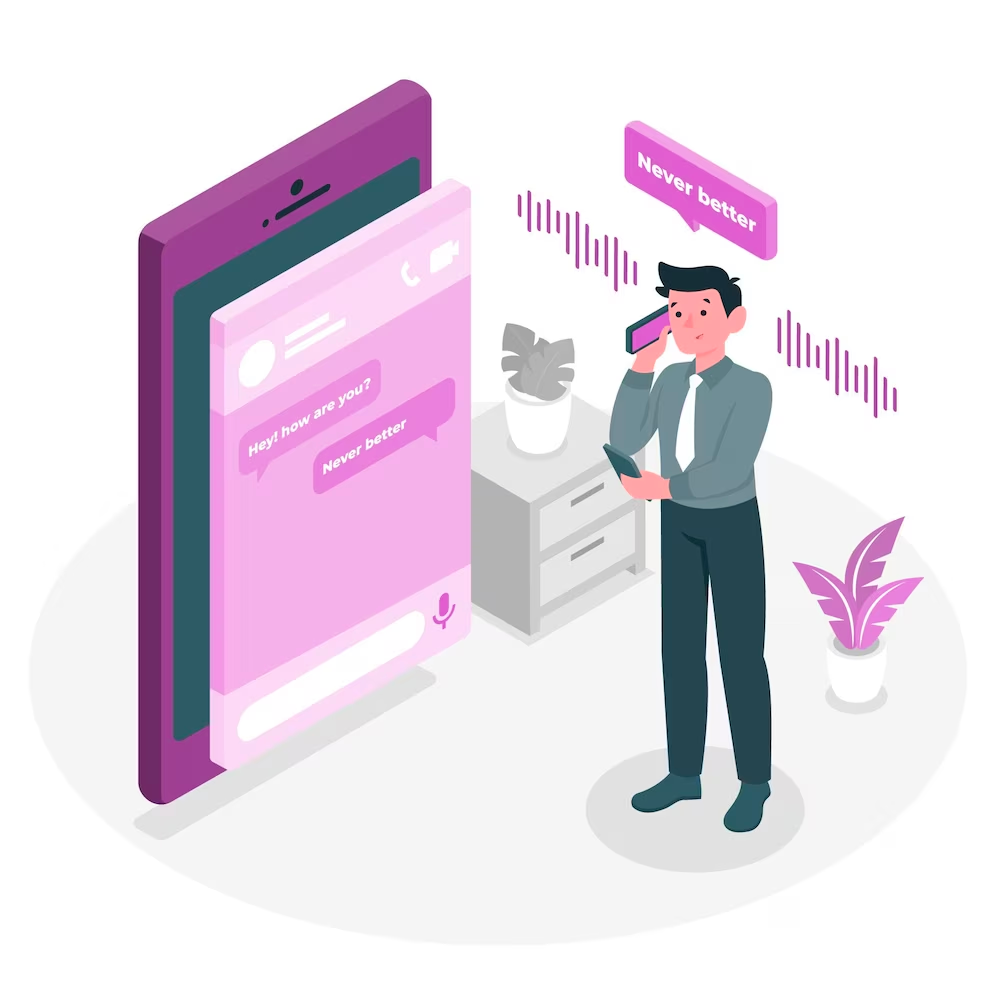
There are different types of audio transcript formats, depending on the level of detail required.
Some common types are:
- Verbatim transcript captures every word and sound spoken, including filler words, false starts, repetitions, pauses, non-verbal communication, and ambient background noise. It is helpful for situations that require high accuracy and fidelity, such as legal or academic purposes.
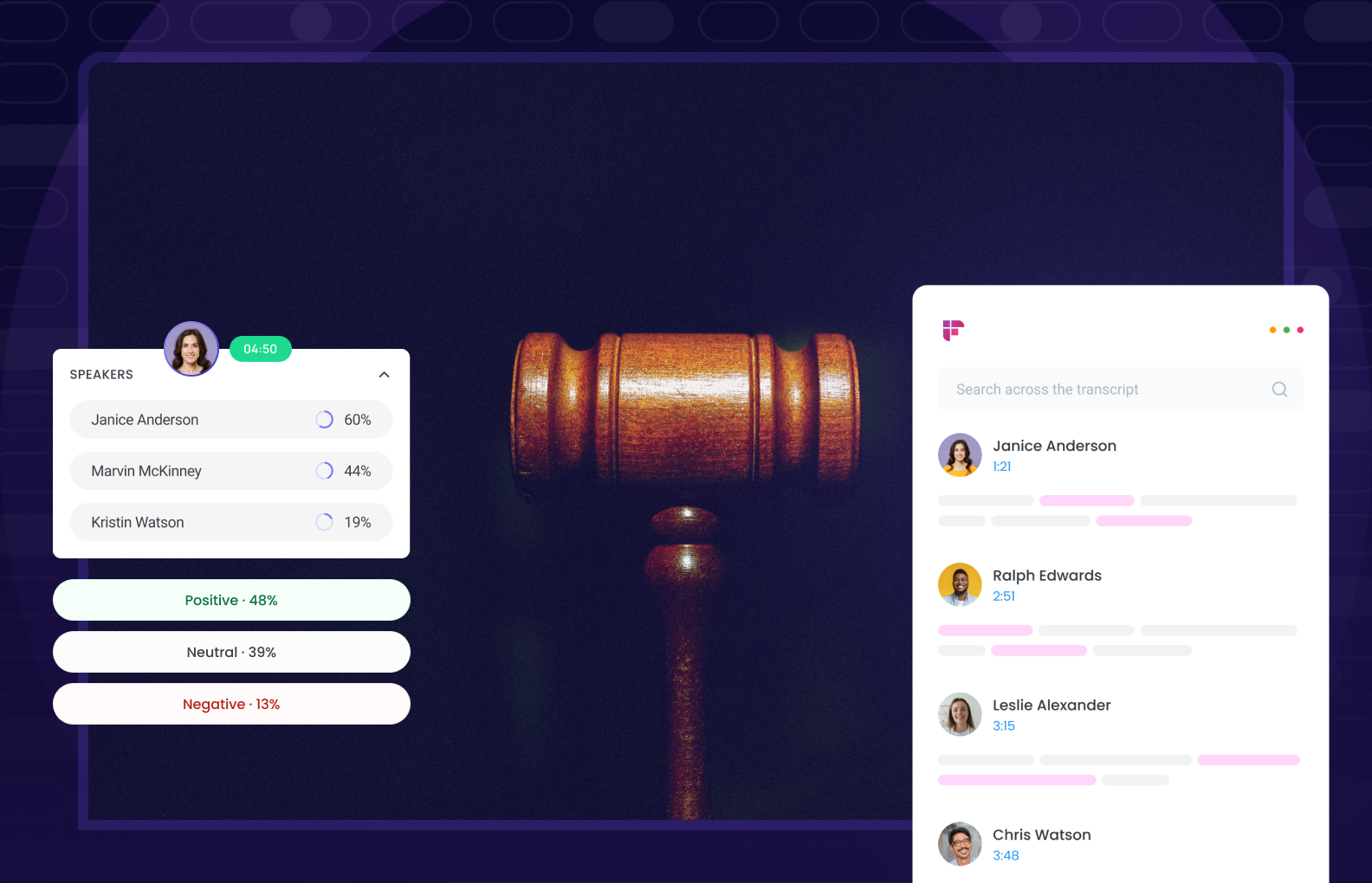
- Full verbatim transcript also captures every word and sound, plus any non-verbal cues such as pauses, hesitations, laughter, or tone of voice. It is helpful for situations that require attention to subtle nuances and emotions, such as psychological or sociological analysis.
- Non-verbatim transcript omits filler words, stutters, interjections, and pauses that do not add much meaning to the audio content and corrects grammatical errors and incomplete sentences. It is helpful for situations that require a formal and easy-to-read transcript, such as education or speeches.
- Detailed notes transcript retains word-for-word accuracy for key passages but edits out irrelevant or redundant information. It also summarizes the main points of the audio without losing essential details. It is helpful for situations requiring a concise and accessible transcript, such as market research or journalism.
There are also different formatting elements used in an audio transcript. Here are a few of the most common ones:
- Speaker labels identify who is speaking in the audio. They can include full name, first name, role, title, or generic descriptors like person 1 or person 2.
- Timestamps show when a specific audio part comes up. They help locate particular audio segments or synchronize the transcript with the audio.
- Inaudible and crosstalk tags mark parts of the audio that are unclear, unintelligible, or overlapping. They are written as [inaudible], [unintelligible], or [crosstalk].
- Sounds describe any background noises or non-speech sounds relevant to the audio. Transcripts mention sounds in brackets, such as [door slams] or [laughing]. These sounds help the reader understand the context of the audio. You can see examples of this in podcast transcripts and movie subtitles.

What are the advantages of audio transcription?
Audio transcription is a complex process requiring specialized skills and attention to detail. But when done correctly, it can provide an incredibly well-written record of spoken content, making it easier to reference and analyze later.
Here are three advantages of audio transcription:
- Accessibility
- Searchability
- Analysis
Accessibility
Audio transcription can make your content more accessible to people who are deaf, hard of hearing, or have difficulty understanding spoken language. It can also help people who prefer to read rather than listen or those who want to review the content at their own pace.
Transcriptions can also be translated into other languages, allowing a broader and more diverse audience to access your content.
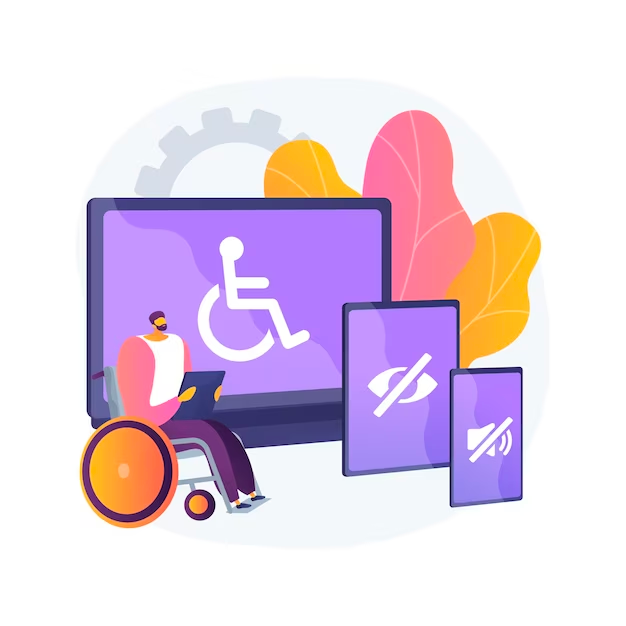
Moreover, having an audio transcript is useful when there is patchy WiFi or an internet connection. Users can still access the transcript later if the audio or video content is not loading correctly.

Accessibility can also be a legal requirement in many countries and regions. By providing audio transcription, you can comply with web accessibility standards and regulations, such as the Web Content Accessibility Guidelines (WCAG) and the Americans with Disabilities Act (ADA).
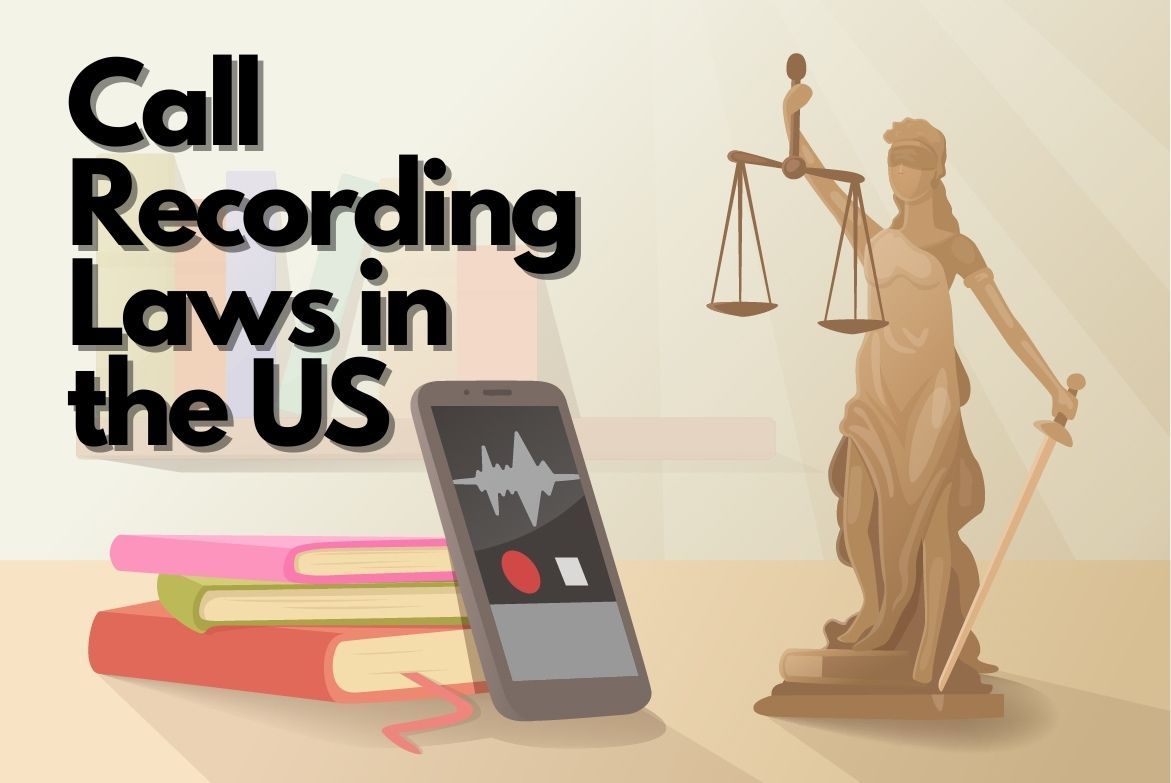
Searchability
Audio transcription makes finding specific information within your spoken content easy. By transcribing your audio, you can create a written record that can be searched, indexed, and cross-referenced.
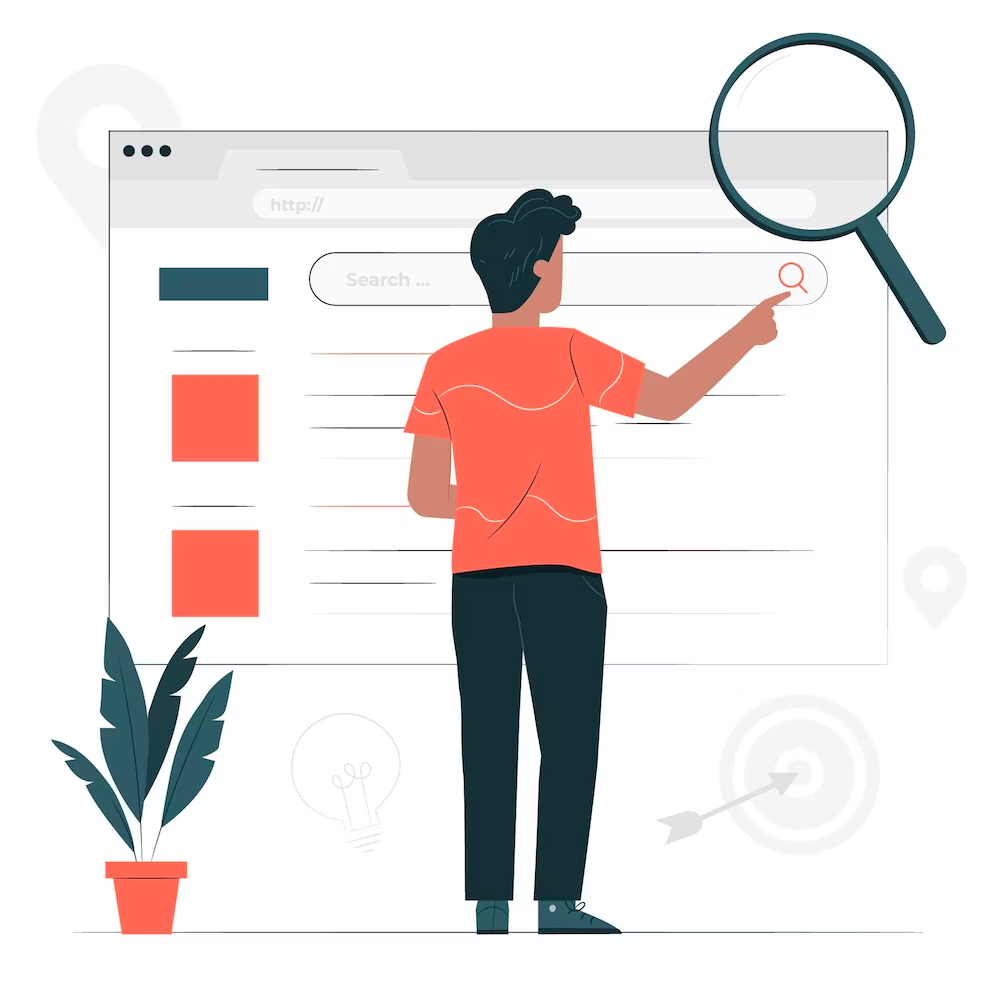
It is instrumental when you reference specific points made during a meeting or presentation, as you can quickly locate the transcript's relevant section instead of listening to the entire recording.
Searchability is especially important for business transcription. Businesses can quickly and easily find important information by transcribing meetings, interviews, podcasts, webinars, etc., helping them make informed business decisions.

Analysis
Audio transcription can also facilitate deeper analysis of the spoken content. You can review and analyze the language, tone, and other linguistic features by transcribing your audio. It can provide valuable insights into the speakers' attitudes, opinions, and sentiments.
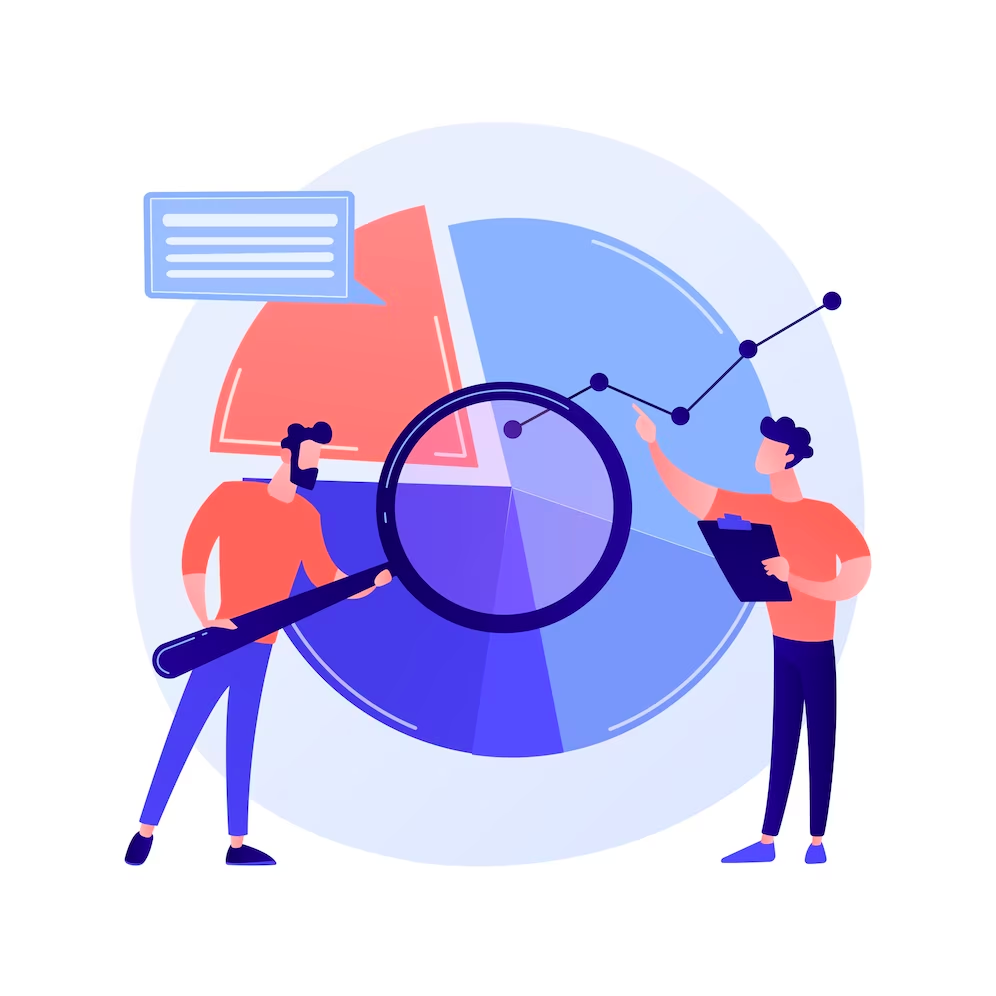
For example, researchers can use audio transcription to analyze focus groups or interviews to better understand consumer behavior, attitudes, or social trends.
💡 Fireflies Tip
Transform your conversations into actionable insights with Fireflies.ai! Discover your speaking pace, talk-to-listen ratio, monologue length, filler word habits, and more.
Who can benefit from audio transcriptions?
Audio transcription is for everyone. It doesn’t matter if you’re a lawyer who needs to nail down every word of your witness or a marketer who wants to catch the subtle cues of customers—audio transcription can help you in many ways.
In this blog, we’ll focus on three departments that can benefit the most from audio transcription:
Sales
Imagine effortlessly keeping track of every detail from your sales calls and meetings, ensuring nothing slips through the cracks. Audio transcription makes that dream a reality for you and your sales team.

Here are a few ways sales professionals can utilize audio transcription using automated transcription software:
Call and meeting analysis: Transcriptions enable sales reps to review past calls and meetings, pinpointing crucial information, client objections, and areas for improvement. By analyzing these transcripts, they can refine their sales pitch and strategy.
Training and onboarding: Sales managers can use transcriptions of successful sales calls as training material for new team members, demonstrating best practices and real-world examples of effective selling techniques.
CRM integration: By integrating audio transcriptions into a CRM system, sales reps can easily track interactions with prospects and clients, ensuring that all essential details are documented and accessible for future reference.
Collaboration and knowledge sharing: With transcriptions, sales teams can share vital information and collaborate more effectively, enabling them to work together to close deals and address client concerns.
Client follow-ups: By reviewing transcriptions, sales reps can ensure they address all client questions and concerns, making personalized follow-up emails or calls more effective and targeted.
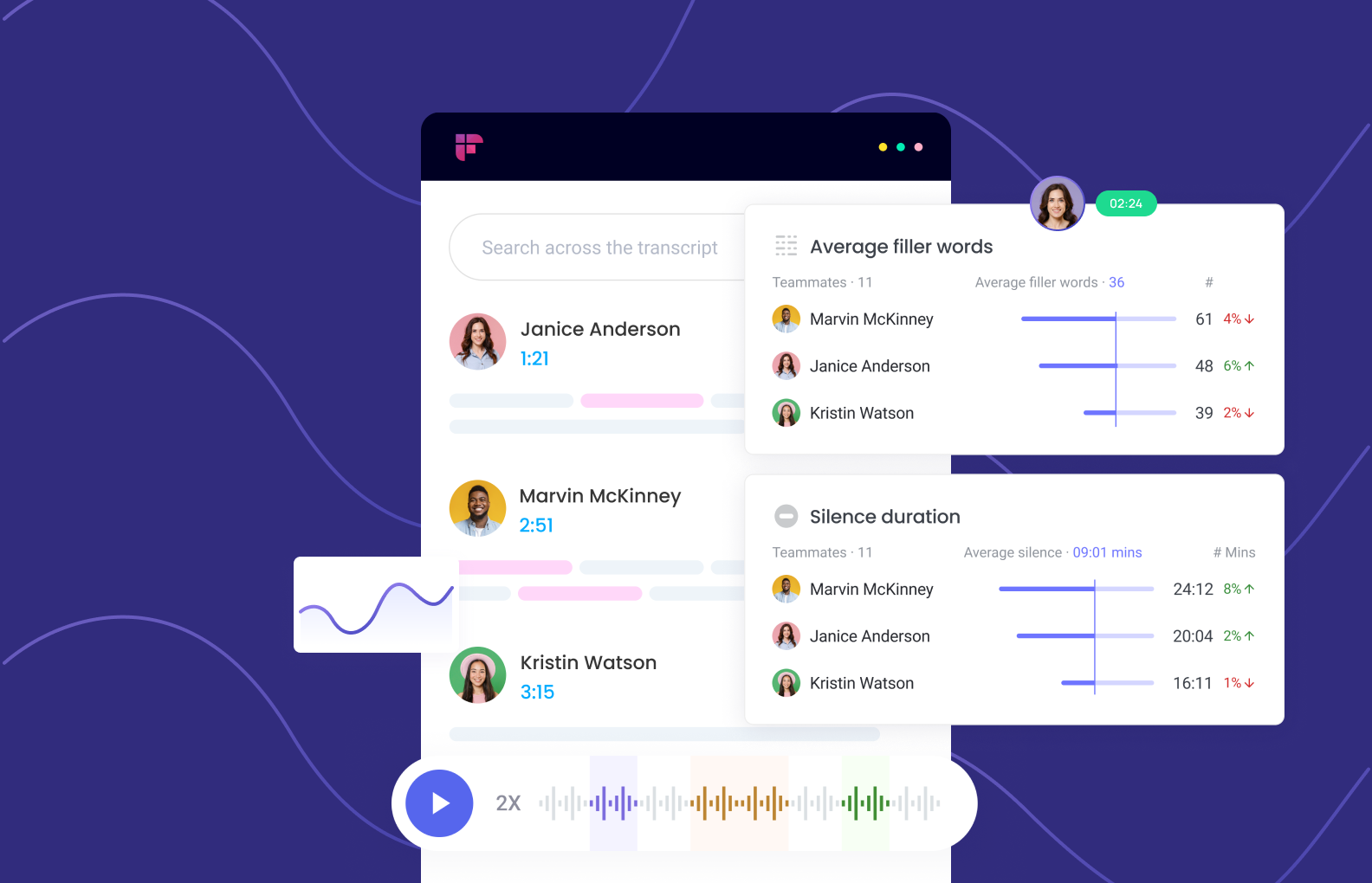
Podcasters
Audio transcription offers a wealth of benefits and use cases for podcasters, enhancing their content's reach and accessibility.
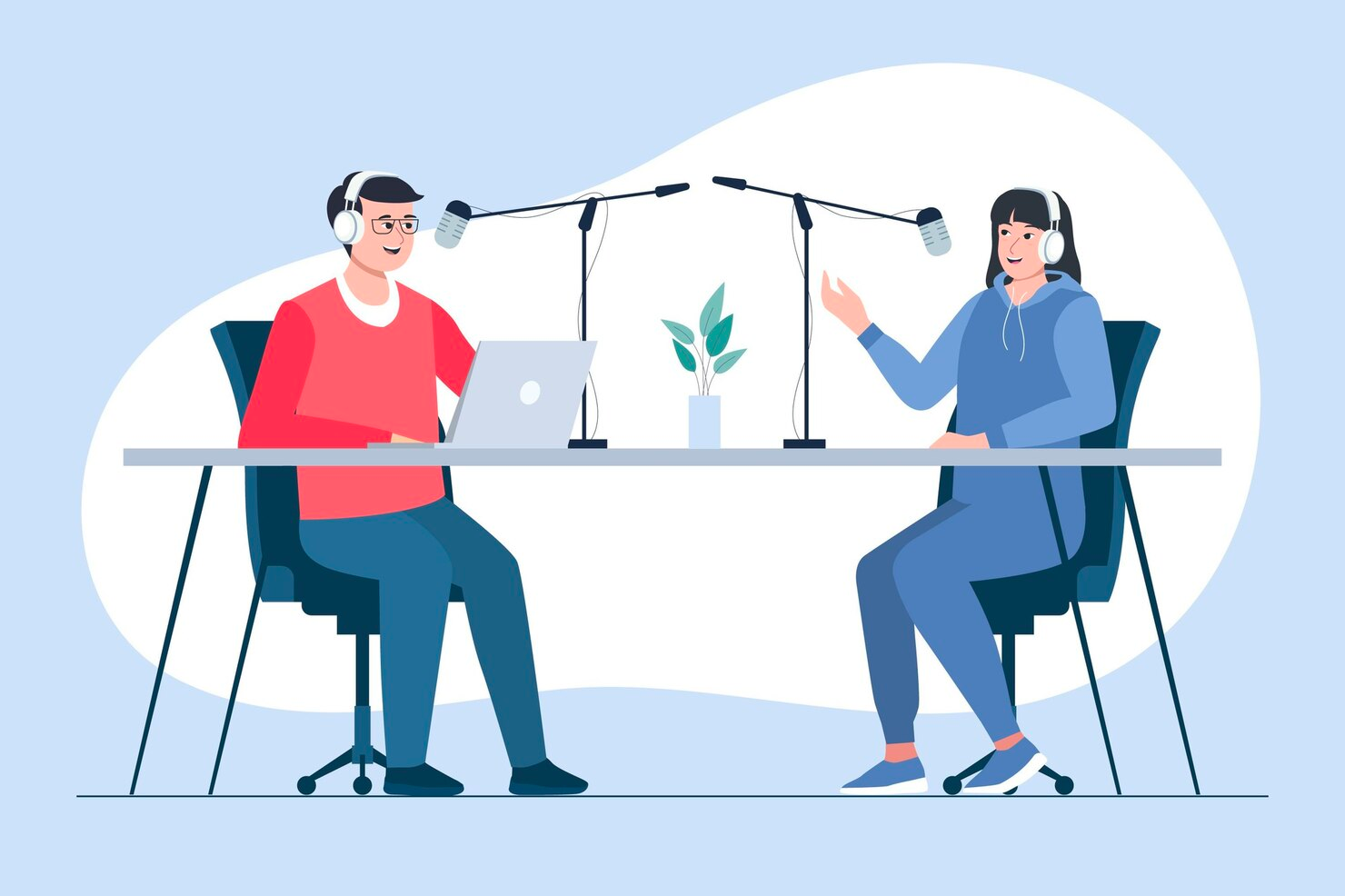
Here are a few ways podcasters can utilize audio transcription:
Increased accessibility: By transcribing podcast episodes, podcasters can cater to a broader audience, including those who are deaf or hard of hearing and individuals who prefer reading over listening.
SEO optimization: Transcriptions can help improve a podcast's search engine ranking, as search engines can more easily index and understand the text content. This makes it more likely that potential listeners will discover the podcast through organic search.
Content repurposing: Transcriptions allow podcasters to easily repurpose their content into various formats, such as blog posts, social media updates, or even e-books, expanding their reach and catering to different audience preferences.
Research and fact-checking: Podcasters can use transcriptions to easily find and review specific information or quotes from their episodes, ensuring accuracy and credibility.
Timestamped show notes: By creating timestamped show notes with transcriptions, podcasters can help listeners navigate to specific sections of interest within the episode, enhancing the user experience.
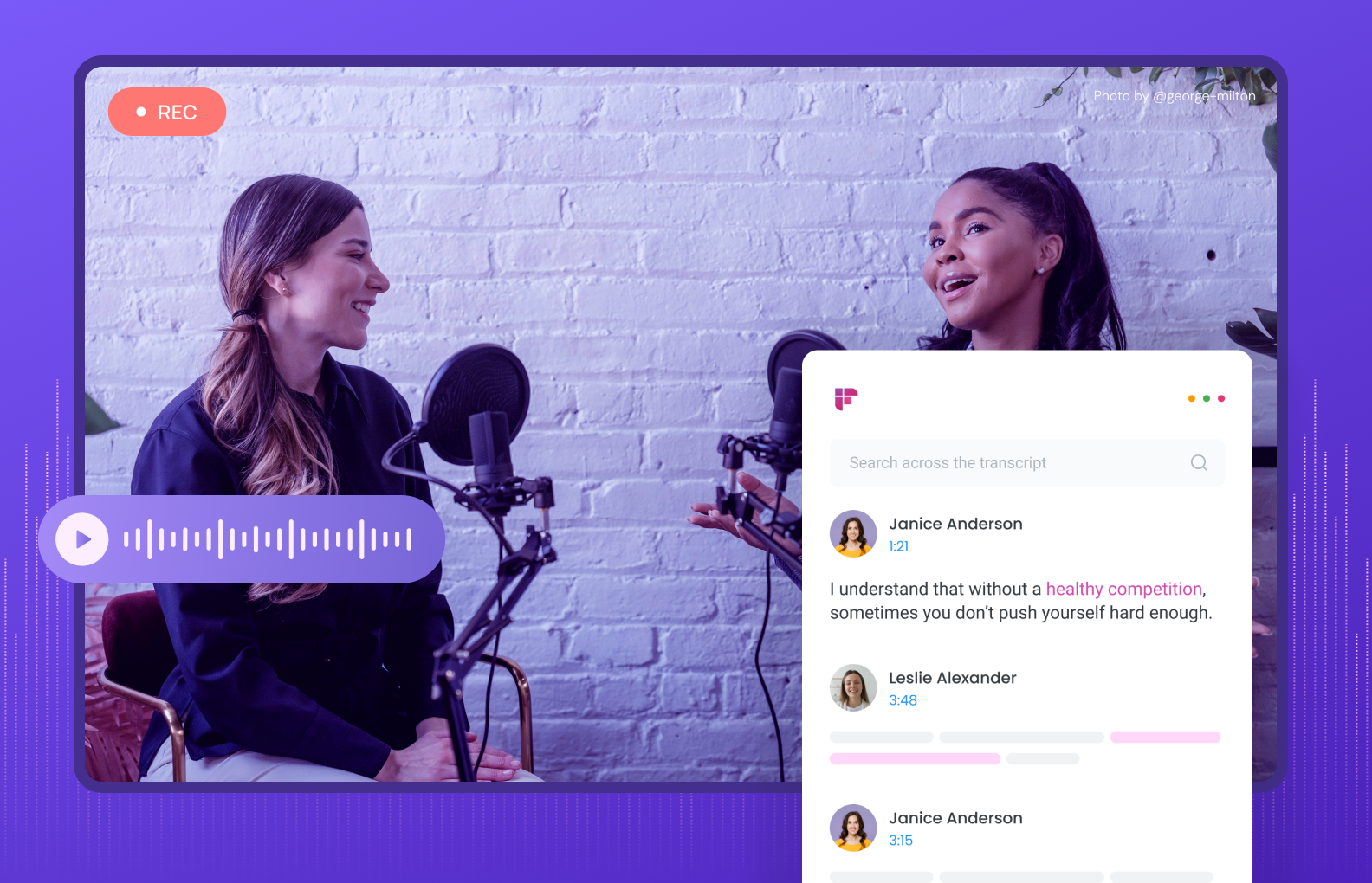
Marketing
Marketers constantly seek innovative ways to boost their campaigns and engage with their audience more effectively.
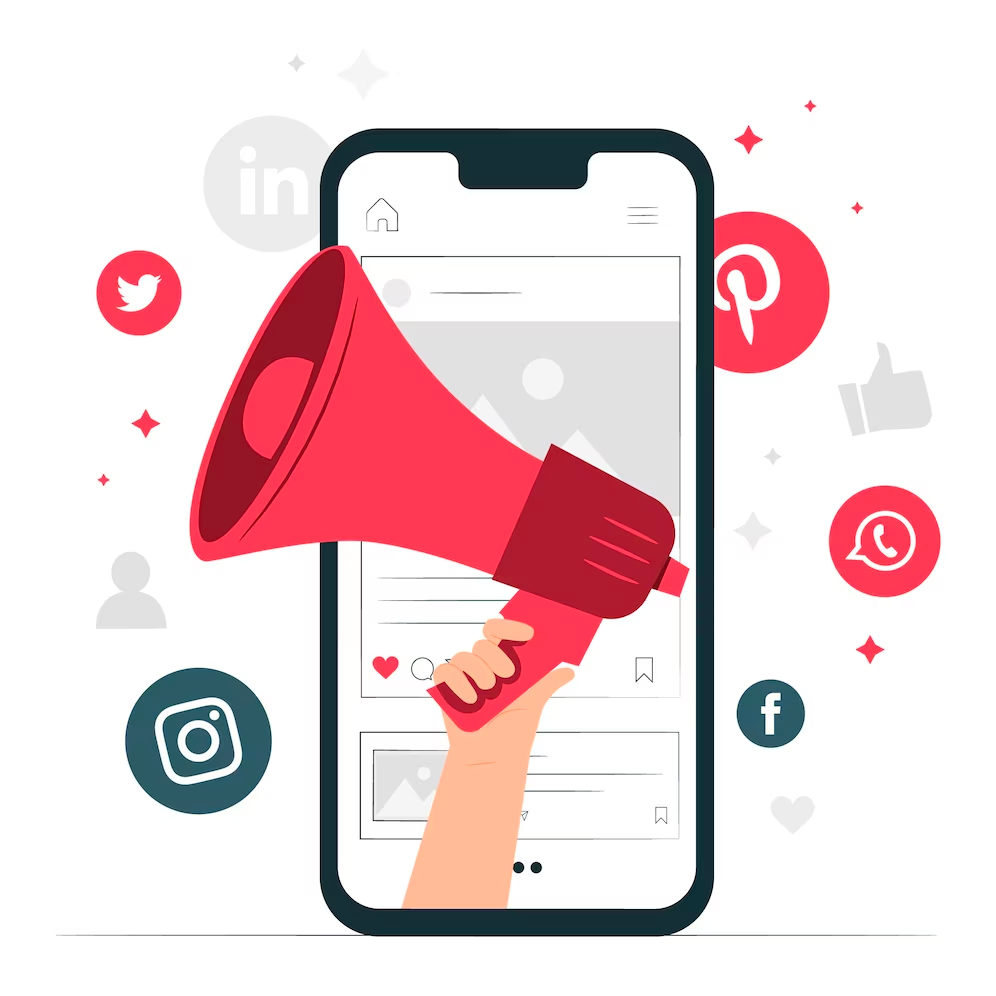
One such powerful tool at their disposal is audio transcription, which can unlock new opportunities and streamline processes. Here are a few use cases of audio transcription for marketers:
Content repurposing: By transcribing webinars, podcasts, or interviews, marketers can easily convert audio content into blog posts, infographics, social media updates, or other written formats, maximizing their reach and catering to different audience preferences.
Improved SEO: Transcriptions can enhance a website's search engine ranking by providing additional textual content that search engines can index and understand, leading to increased organic traffic and visibility.
Video captions: Transcriptions can be used for video content, enhancing user experience and making it more accessible on various platforms, including social media, where videos often autoplay without sound.
Market research: By transcribing focus groups or customer interviews, marketers can more easily analyze feedback, identify trends, and develop targeted marketing strategies based on the insights gained.
Competitive analysis: Marketers can transcribe competitors' webinars, podcasts, or video content to gain valuable insights into their messaging, tactics, and audience engagement strategies.

Final thoughts
Audio transcription is more than just a helpful tool—-it's a game-changer.
The versatility of audio transcription is impressive, whether you prefer to do it yourself, use AI software, or hire a human transcription service. It's a valuable tool that can significantly improve the quality and accessibility of your audio content.
So, get out of the jungle of audio confusion and into the transcription oasis.






![8 Best Video-To-Text Tools in 2024 [Free & Paid]](/blog/content/images/size/w1000/2024/04/Copy-of-Meeting-etiquette-rules-all-professionals-must-follow---2024-04-08T215248.457.png)
